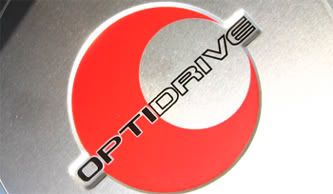the new clutch I bought comes with a new hydraulic release mechanism and a quick disconnect coupling
In taking the old clutch out I unscrewed the fittings
The instructions that come with the new clutch make no mention of how in fact to disconnect and reconnect the quick-disconnect fitting. The Haynes manual is silent on the matter as well
can anyone tell me how the darn thing works
this is probably the dumbest of questions - how does one fill out the profile - where does one in this site to complete the profile
when i did my 95-99 i couldn't ge tthe release to let go so i just used a fitting wrech and disconected it like that fitting wrench helps to prevent rounding the fitting
JBO since July 30, 2001
what year what engine would help alot. if it didnt have a quick disconect from the factory you got the wrong parts, if your car has it it is a plastic looking coupler you pusht the large plastic ring thats stands abouve the lines toward the disconect and the pull apart, hard to show with out picures
I solved the problem by GENTLY heating the quick release fitting on the new clutch release assembly and removing it where it threads on with a double-flared fitting (you would not believe how tight it was put on at the factory)
I then connected to old quick release fitting onto the new hydraulic release assembly using some teflon tape on the threaded joints
a quick bleed out and - Bob's your uncle - it was done
I still have not figured out how the quick release fitting works
and - it appear like complexity and technology for the sake of complexity and technology because just using flared fittings the same a is used on the braking system seems to me to a heck of a lot simpler and probably cheaper - I am surprised the bean counters at GM have not figured that one out yet
this appears to be a triumph of engineering over accounting in the battle of the nerds
the quick disconnect: if its the style that has a big plastic ring, you push it together, twist it 1/4 either direction, and it comes apart.
 JBO Stickers! Get yours today!
JBO Stickers! Get yours today!
that is the theory but in practice it would not budge





